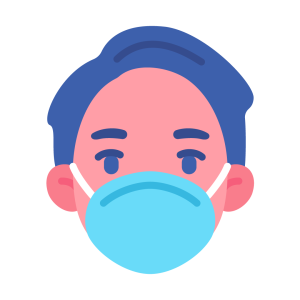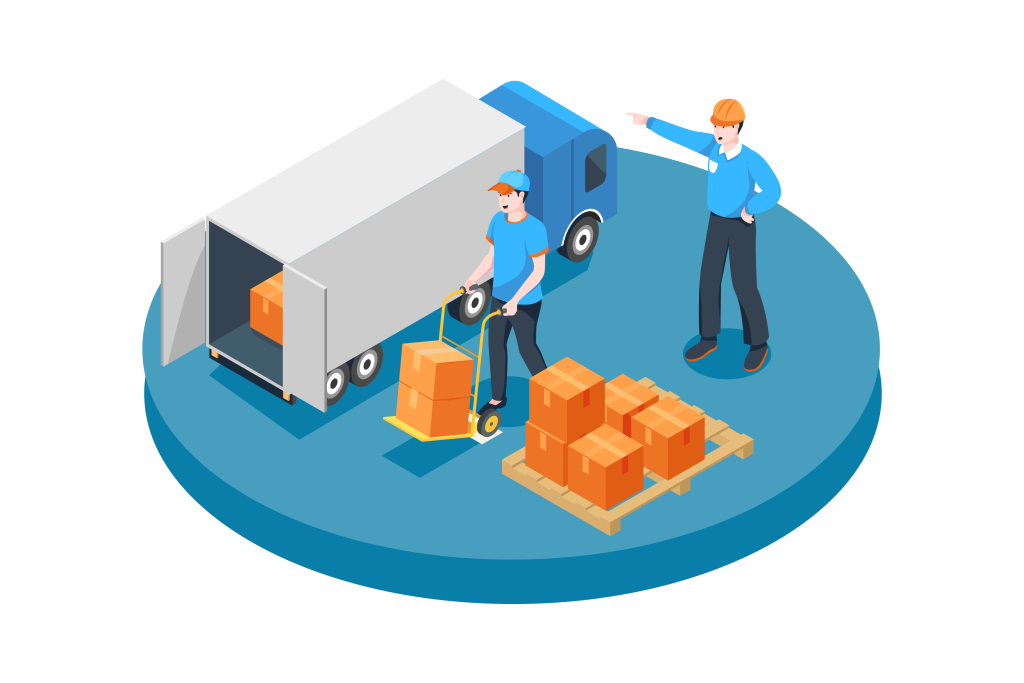You should frequently wash your hands, as described in the course. If you do not have immediate access to handwashing facilities, you should use hand sanitizer. You should wash your hands before entering and leaving the cab, including deliveries, loading, unloading cargo, rest breaks, fueling, and other activities.



